BIO 101: Lab 4 - Care and Use of the Microscope
1/22
There's no tags or description
Looks like no tags are added yet.
Name | Mastery | Learn | Test | Matching | Spaced |
|---|
No study sessions yet.
23 Terms
stage

platform which supports the specimen being viewed
arm
curve or slanted part which is held while carrying the microscope
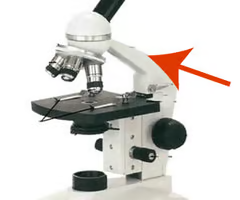
ocular lens (eyepiece)
the lens that you look through
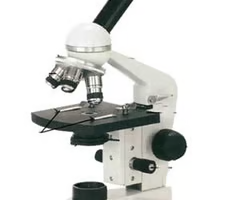
objective lenses
the lenses that are used to magnify the object
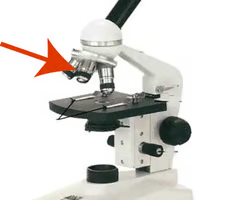
coarse adjustment knob
big knob moving the stage up and down
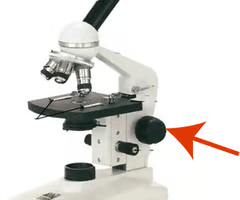
fine adjustment knob
small knob moving the stage up and down
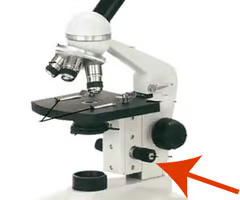
base (foot)
the bottom of the microscope, used for support
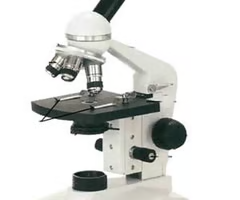
slide
rectangular glass plate on which the specimen is mounted
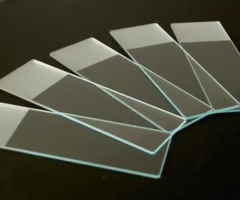
total magnification
The power of a microscope, found by multiplying the power of the (eyepiece) by the power of the objective lens.

specimen
sample that is prepared to be viewed

Compound microscope
A microscope with two or more lenses.
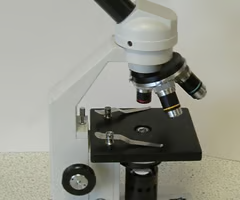
field-of-view
When you look down a microscope, the circle that you see is called ''______”
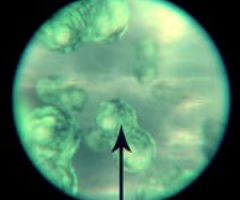
Anton van Leeuwenhoek
Made his discovery by using a simple microscope to look at tiny drops of water magnified 266 times to see tiny organisms.
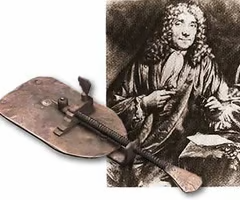
400X
The total magnification of a 10X eyepiece lens coupled with the high power 40X objective lens?
condenser
focuses light through the specimen
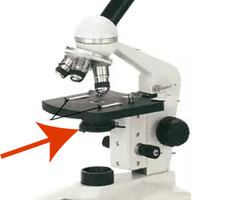
iris diaphragm
controls the amount of light passing through the specimen
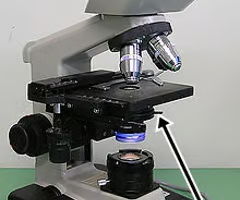
nosepiece
Holds the objectives and can be rotated to change the magnification
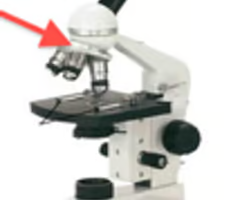
light source
provides light
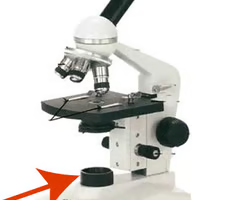
mechanical stage
holds the slide in position for viewing and has two adjustable knobs that control the precise movement of the slide

how to carry a microscope
one hand on the arm and one hand on the base
field of view
The area visible through the microscope eyepiece
how to clean and store a microscope
use a lens wipe (not a tissue/towel/sleeve etc); unplug it, rotate to the scanning objective lens, put the stage in its lowest position, cover it with a dust cover, place it in the cabinet
wet mount
a glass slide holding a specimen suspended in a drop of liquid (as water) for microscopic examination